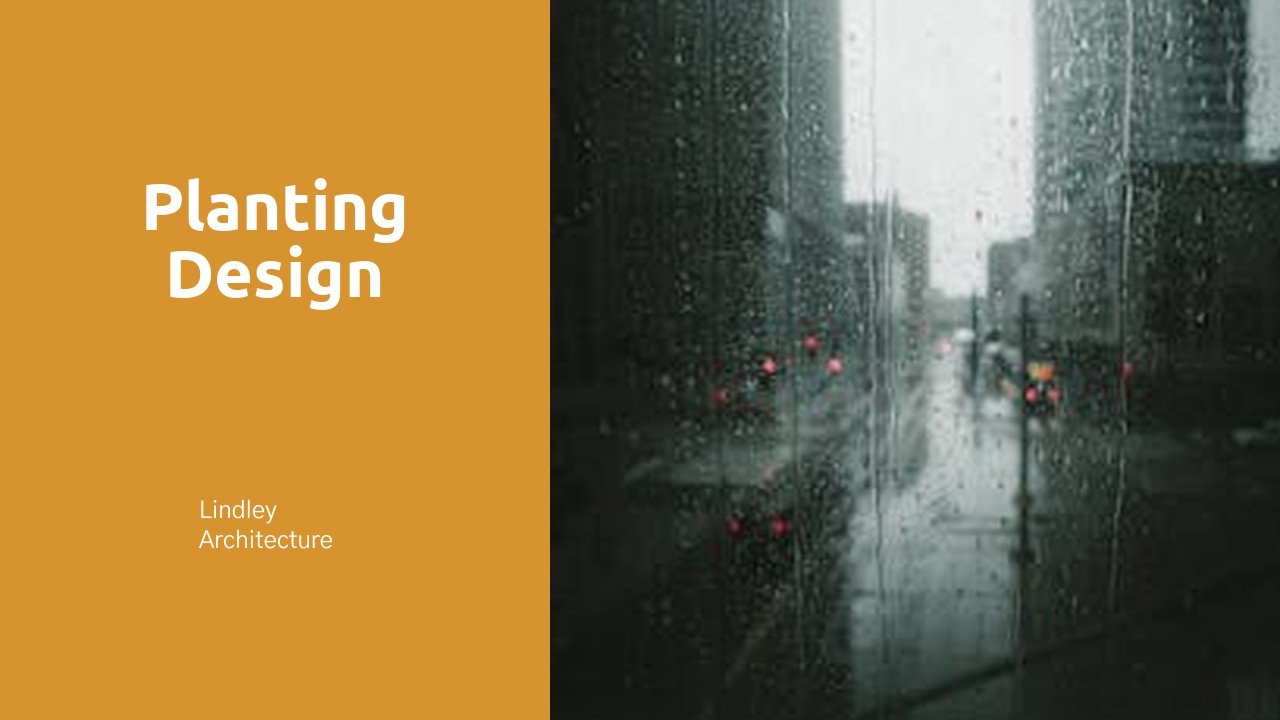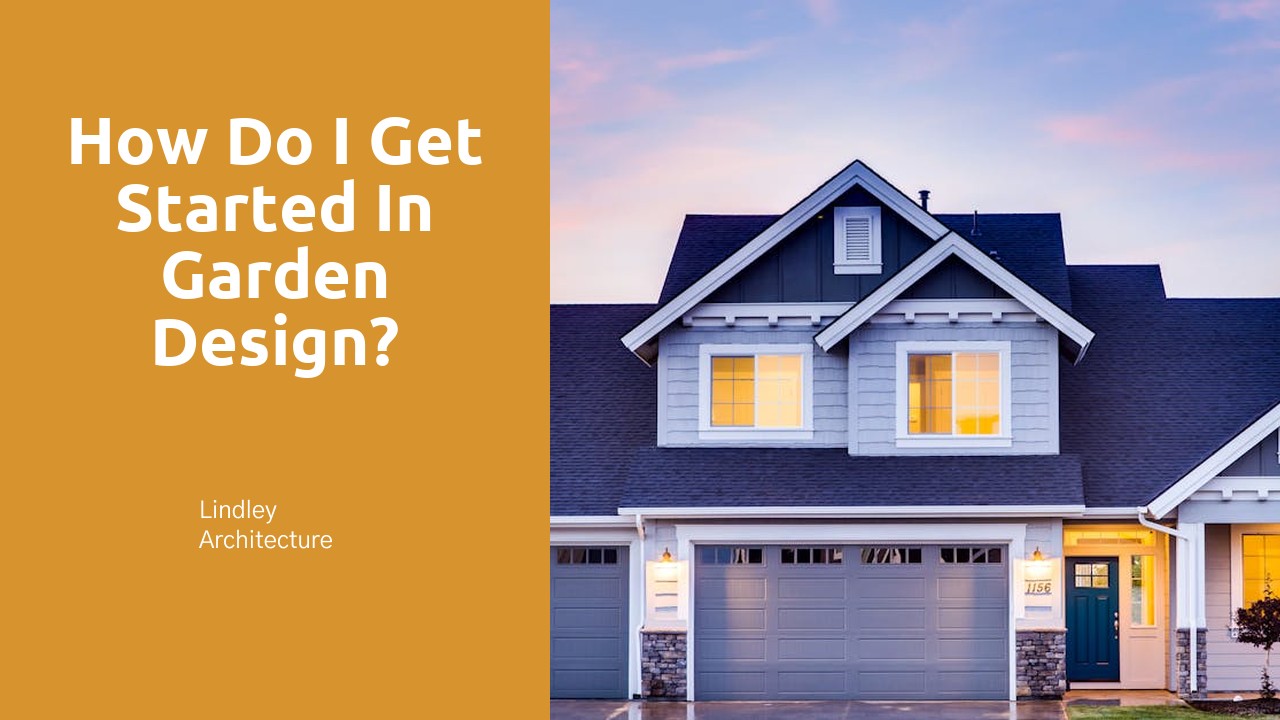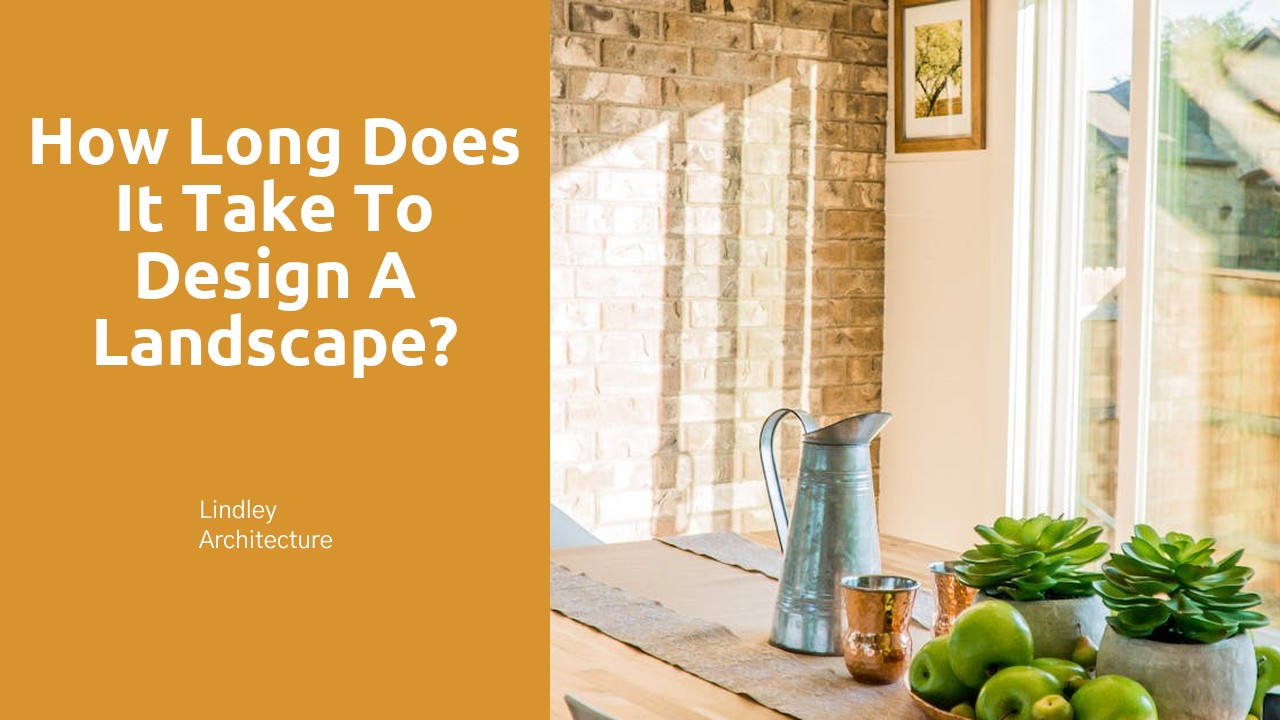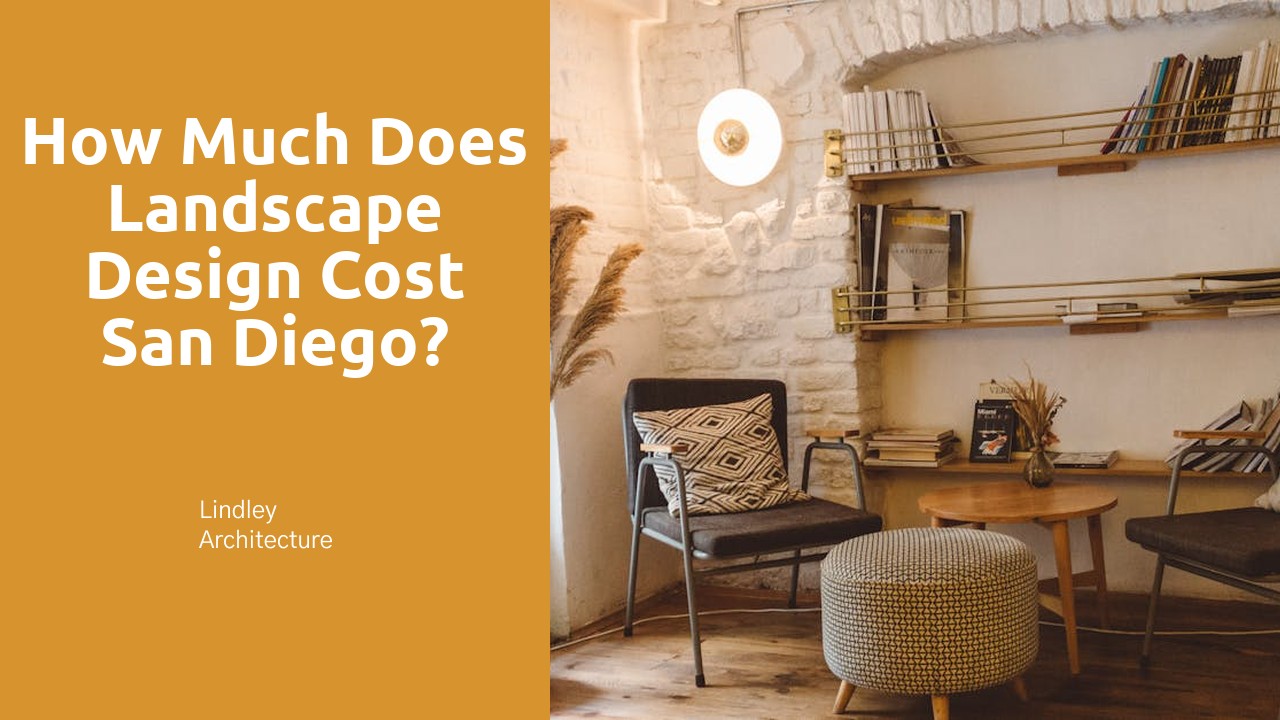
Planting Design
Table Of Contents
Lindley Architecture offers a specialized service in Planting Design, catering to clients looking to enhance the natural aesthetics of their outdoor spaces. Their team of skilled architects and landscape designers work closely with clients to create bespoke planting plans that align with their vision and requirements. Utilizing their expertise in native plant species and environmental considerations, Lindley Architecture ensures that every design is not only visually stunning but also sustainable and eco-friendly. By following these principles, they are able to create vibrant and harmonious outdoor spaces that blend seamlessly with their surroundings, ultimately enhancing the overall appeal and functionality of the property.
Adding Vertical Elements
Vertical elements in planting design can add depth and visual interest to your garden space. Utilizing trellises and vertical gardens is a clever way to optimize space efficiency, especially in smaller gardens or urban settings. By growing plants upwards instead of outwards, you can make the most of limited space while creating a lush and green environment.
When incorporating vertical elements into your garden design, consider the variety of plants that would thrive in a vertical setting. Vining plants like ivy, morning glories, or climbing roses are excellent choices for trellises and vertical gardens. These plants not only add a pop of greenery but also bring a touch of whimsy and natural beauty to your outdoor space.
Utilizing Trellises and Vertical Gardens for Space Efficiency
Trellises and vertical gardens are excellent ways to maximize space in your garden by utilizing vertical surfaces. These features not only add visual interest but also provide functionality by allowing you to grow more plants in a smaller area. Trellises can be used to support climbing plants such as vines, cucumbers, and tomatoes, while vertical gardens can be created using hanging planters or wall-mounted containers.
When designing your vertical garden, consider the amount of sunlight each plant will receive. Place sun-loving plants in areas that receive ample sunlight, while shade-loving plants should be positioned accordingly. Additionally, you can mix different plant varieties to create a visually appealing display. By thinking creatively and utilizing trellises and vertical gardens, you can make the most of your garden space and enjoy a lush and vibrant oasis right in your own backyard.
Introducing Color and Texture
One of the key elements in creating an aesthetically pleasing garden design is the thoughtful selection of colors and textures. When choosing plants for your garden, consider how different hues will complement or contrast with one another to create a visually striking display. Incorporating a variety of colors can add depth and interest to your outdoor space, while combining contrasting textures can provide a tactile element that enhances the overall sensory experience of your garden.
To design a captivating plant palette, start by selecting a dominant color scheme that reflects your personal style and complements the existing elements of your outdoor space. You can choose a monochromatic theme for a cohesive look or mix complementary colors for a more dynamic effect. Additionally, varying the textures of your plants - such as pairing delicate ferns with bold succulents - can create visual interest and add dimension to your garden design. Experiment with different combinations until you find a balance that appeals to your sense of aesthetics and brings life to your outdoor sanctuary.
Designing a Vibrant and Appealing Plant Palette
To create a vibrant and appealing plant palette, it is essential to carefully select plants that complement each other in color, texture, and height. When choosing plants, consider the overall aesthetic you wish to achieve in your garden. Incorporating a mix of flowers, shrubs, and foliage plants can add depth and visual interest to the space. Aim to create a harmonious balance between bold, eye-catching blooms and subtle, understated foliage for a well-rounded and dynamic design.
In addition to considering the visual aspect, take into account the seasonal interest of the plants you select. Opt for a mix of evergreen and deciduous plants to ensure year-round appeal in your garden. Incorporating plants that bloom at different times of the year can provide continuous color and visual interest throughout the seasons. By carefully curating a diverse plant palette, you can create a stunning garden that delights the senses and transforms your outdoor space into a vibrant oasis.
Maintaining Your Garden
To keep your garden looking its best, regular maintenance is essential. Pruning is a key task that helps promote healthy growth and maintain the shape of your plants. Be sure to remove dead or diseased branches to prevent the spread of any potential illnesses to the rest of the plant. A sharp pair of pruning shears will make this job easier and ensure clean cuts that heal quickly.
Weeding is another important aspect of garden maintenance. Regularly inspect your garden for any unwanted plants that may be competing with your chosen vegetation for nutrients and space. Pulling weeds by hand or using a weeding tool can help keep them under control. Additionally, mulching your garden beds can help suppress weed growth and retain moisture in the soil, reducing the need for frequent watering.
Pruning, Weeding, and Regular Upkeep Tips
For your garden to thrive and remain visually appealing, regular maintenance is key. Start by incorporating a consistent pruning schedule to keep your plants healthy and well-shaped. Remove any dead or diseased branches to promote new growth and ensure a tidy appearance. When pruning, make clean cuts at a slight angle to encourage healing and minimize stress on the plant.
Weeding is another essential task to maintain a well-kept garden. Regularly inspect your garden beds and remove any unwanted weeds promptly to prevent them from competing with your plants for nutrients and space. Consider using mulch to help suppress weed growth and retain moisture in the soil. By staying on top of weeding tasks, you can significantly reduce the effort needed to keep your garden looking its best.
FAQS
What are some ways to add vertical elements to my garden?
You can add vertical elements to your garden by incorporating trellises, arbors, or vertical gardens to make the most of your space.
How can I make my garden more space efficient using trellises and vertical gardens?
Utilizing trellises and vertical gardens allows you to grow plants vertically, saving ground space and creating a visually appealing garden design.
How can I design a vibrant and appealing plant palette for my garden?
To design a vibrant plant palette, choose a variety of plants with different colours, textures, and heights to create visual interest and appeal in your garden.
What are some tips for maintaining my garden, including pruning, weeding, and regular upkeep?
To maintain your garden, regularly prune plants to encourage healthy growth, weed to prevent competition for nutrients, and perform regular upkeep tasks to keep your garden looking its best.






